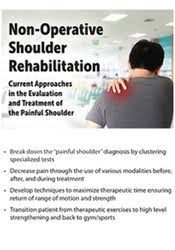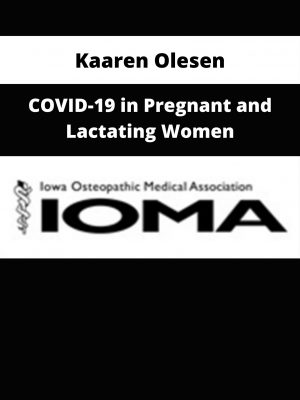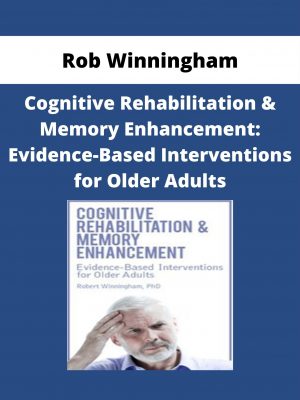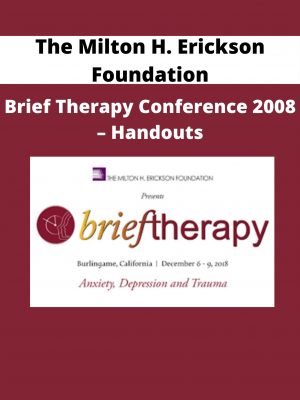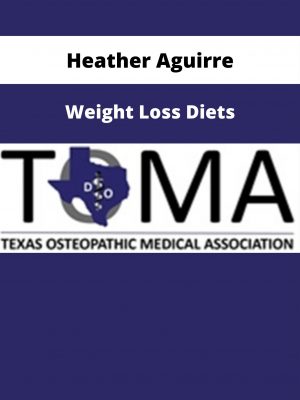Frank Layman – Non-Operative Shoulder Rehabilitation
$200 Original price was: $200.$75Current price is: $75.
Shopping Instructions:
- DISCOUNT 15% : SHOP15
- Product Delivery: Within 1 – 12 hours after purchase.
The clinician must decide between various manual techniques, exercises, modalities and adjunctive treatment techniques.
Frank Layman – Non-Operative Shoulder Rehabilitation
REVIEW OF ANATOMY AND PHYSIOLOGY OF THE UPPER EXTREMITY
- Scapula and humerus bony landmarks
- Labrum, bursa and ligaments of the shoulder joint
- Muscular involvement
CURRENT CONCEPTS IN EVALUATION
- Cervical screen
- Myotome screen
- Sensory screen
- Impingement cluster
- SLAP tear cluster
- Instability cluster
- Biceps tendon tests
- Upper limb tension tests
SCAPULA ASSESSMENT AND LAB
- Static scapula assessment and interpretation
- Scapula dyskinesia assessment and interpretation
COMMON DIAGNOSIS AND CASE STUDIES
- Rotator cuff impingement/tendonitis
- Rotator cuff tear (partial-full thickness)
- SLAP tear
- Frozen shoulder syndrome
- Shoulder instability
- Snapping scapula syndrome
MANUAL TECHNIQUES AND LAB
- Scapula mobilization techniques
- Glenohumeral joint mobilization techniques
- Handling positions for passive range of motion and manual stretch
CURRENT CONCEPTS IN THERAPEUTIC EXERCISES
- Active range of motion exercises
- Passive range of motion exercises
- Manual stretch
- Strengthening with elastic vs. weights
- Weight bearing exercises
- Proprioceptive and neuromuscular exercises
- Return to sport and/or heavy gym activity
CURRENT CONCEPTS IN ADJUNCTIVE TREATMENT TECHNIQUES AND MODALITIES
- Thermal modalities
- Electrical modalities
- Ergonomics
PULLING IT ALL TOGETHER
Would you like to receive Frank Layman – Non-Operative Shoulder Rehabilitation ?
Description:
Specific diagnosis within the realm of shoulder pain can be problematic. It is unrealistic for a single test to make a pathognomonic diagnosis, but there are clinical tests with varying levels of sensitivity and specificity that, when clustered together, can aid the clinician in determining proper pathology. The clinician must decide between various manual techniques, exercises, modalities and adjunctive treatment techniques.
In this exciting, interactive, recording you will practice multiple specialized tests and determine how to cluster them to improve accuracy of diagnosis. You will have the opportunity to practice various mobilization and stabilization techniques to address limitations in range of motion and pain. With hands-on labs and case studies participants will be educated on current concepts in adjunctive treatment techniques, including ergonomic adaptations, which can be immediately incorporated into practice.
Related products
HEALTH & MEDICAL
Bernadette Giorgi – Attitude Ballet & Pilates Fusion – Just B Method
HEALTH & MEDICAL
HEALTH & MEDICAL
Dr Heidi M Crocker – Yoga Alignment | Speaker: Heidi Crocker EdD, DC
HEALTH & MEDICAL
HEALTH & MEDICAL
HEALTH & MEDICAL



